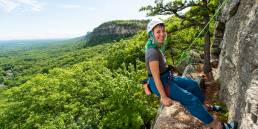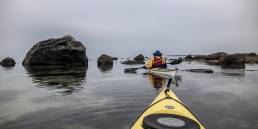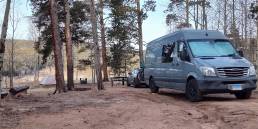For all the unpredictability of nature, and the chaos that can be the wilderness, the folks that love it tend to be planners at heart. Meticulous planners even: the kind who take expedition logistics to the point of obsession; zealots, who pour over maps and read guidebooks cover to cover; lovers of order, who chart their itineraries to the minute, and wrestle with every gram that goes into their packs. That’s why when COVID-19 established itself in the Northeast, and all of that came to a screeching halt, many of us felt the whiplash.
As cities and states shut down so too did the crags and trailheads. Travel was heavily restricted, people were asked to stay home, and our priorities shifted from reviewing the weather reports of far away mountain ranges to the very immediate matter of trying to contain an outbreak.
And so, our lofty goals got a lot further away—but as the higher, more distant summits receded, the outdoors didn’t actually go anywhere—and as we were encouraged to stay “low and local,” it seemed that the outdoors actually got a whole lot closer.
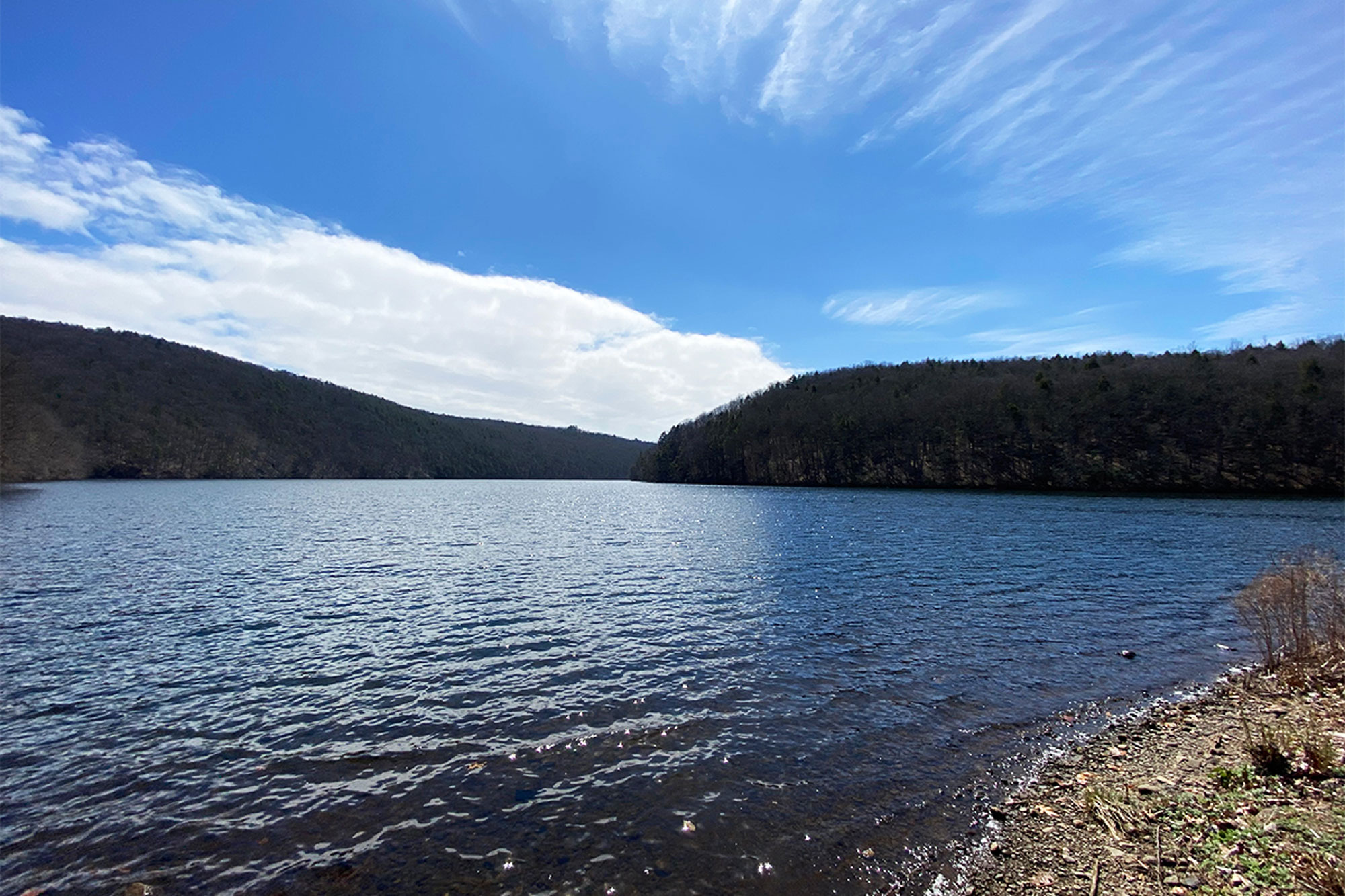
Rolling with it
With the rest of the world suddenly off-limits, we had to turn our attention to our own backyards. We all have our go-tos in the neighborhood, and in the first few weeks we covered a lot of familiar ground. It was refreshing to hike the local preserves and neighborhood parks before or after work, or even on a lunch break. They were different than they are on the weekends, and it was rewarding to see winter transition to spring in real time—something that isn’t immediately apparent from a desk in an office from nine to five.
As time passed, and spring progressed, we gradually expanded our definition of local. A ten minute drive to a trailhead became twenty and opened up that many more opportunities to get outside. With the changing weather though came the people. Folks cooped up with nowhere else to go turned their attention to the outdoors, and with this surge in usage came crowds, trash, and—as popular state parks became overwhelmed—closures. Once-quiet trails more resembled Fifth Avenue at rush hour than peaceful woodland singletrack and the only thing that exceeded the annoyance was the hazard presented by large, maskless groups that can’t socially distance because of the terrain.
We began looking beyond the ‘usual’ spots, taking to the internet and to apps like AllTrails and The Hiking Project, trying to find somewhere new. We went early, or late, or watched the forecast, seeking clouds rather than clear skies knowing that our favorite spots would be more safely passed in rain. Sometimes it was about improvisation—stopping at a trailhead we’d never heard of after turning away from a full parking area. Other times, having a plan B—and even a plan C—was the way to go. Flexibility is always a requirement in the outdoors and rolling with it felt natural—and stoked a small bit of a sense of adventure along the way.
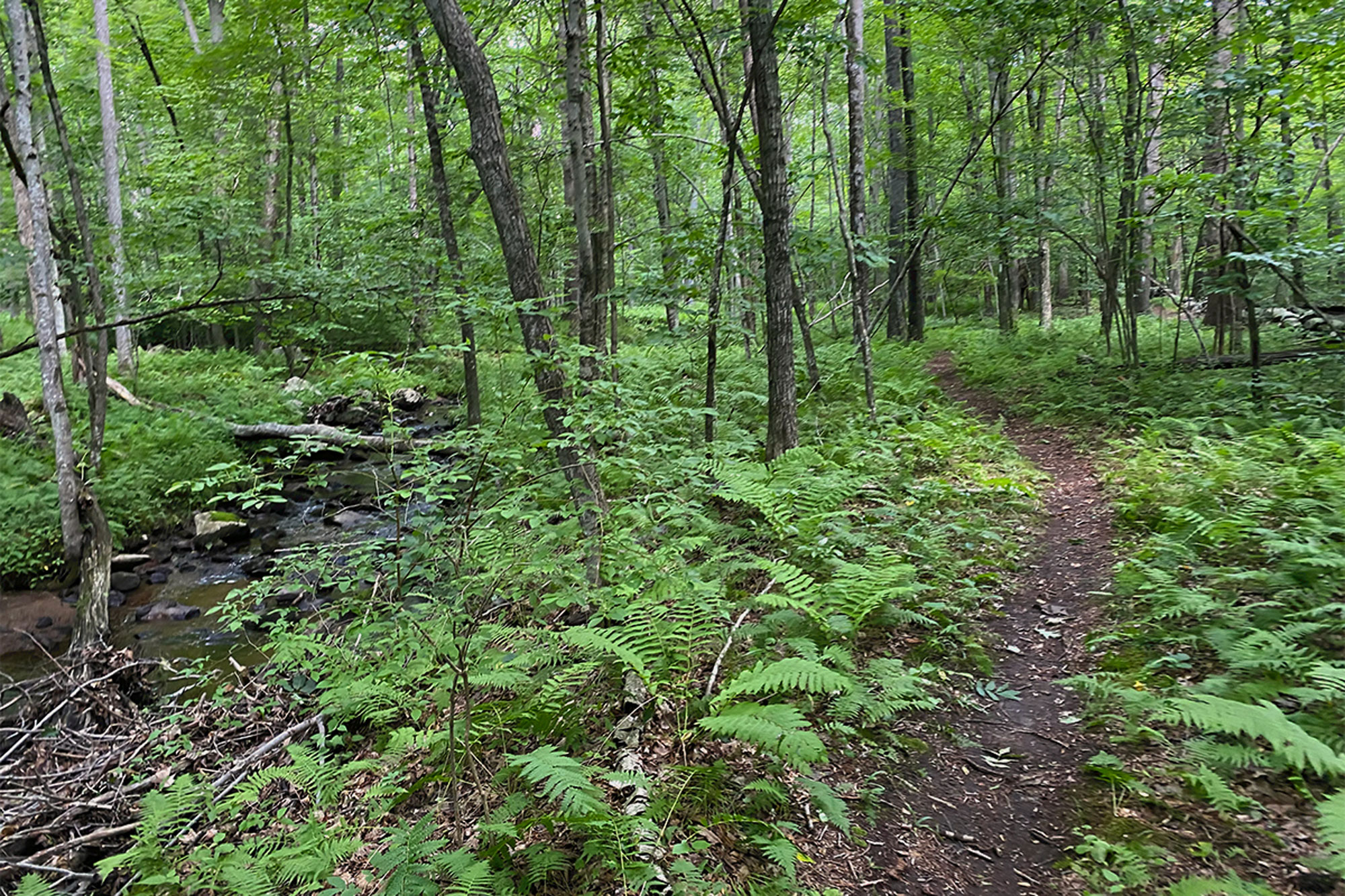
Mix it Up
Not being able to climb at the height of the pandemic in the northeast was rough. It took what felt like forever before local organizations like the Ragged Mountain Foundation lifted their no-climbing advisory—and longer still before the Gunks reopened—and not being able to climb, even locally, had us bouncing off the walls. Staying low and local—and exploring new places close to home by doing so—opened up a ton of new territory. And that got us thinking about how else can we expand that newness in our own backyards?
Some of us mixed it up a bit. If we typically hiked a loop clockwise, we’d try hiking it counter-clockwise. We started to trail run our hiking trails and to hike our running trails. We may have dusted off an old family canoe and took to the water for the first time in a while. We may have picked up a used mountain bike and taken to the trails, both new and familiar, in a fresh way. Within the restrictions the pandemic assigned us, we persisted in getting out and doing things.

New Goals
A ton of us had high expectations for 2020. We’d trained for this season, seeking a summit or a thru-hike or a trail race. We’d sustained injuries, healed, trained up again. It’s hard to talk about things like climbing, hiking, or running in the context of a surging global pandemic but, simply put, seeing these sought-after objectives grow more distant, after years of preparation, really sucked.
We had to put those objectives on hold—so we found new ones. We redlined the hiking trails in our town. Or county. Or state. Or we sought and completed ridiculous virtual ultra-running challenges. Or we built our own hangboards and trained like crazy. There’s no replacing a Rainier summit or going end-to-end on the Long Trail but we found new challenges, we kept busy, and we made it work.

What Now?
Eventually, in the Northeast, we flattened the curve. Climbing started up again and trailheads reopened. Limited travel became a thing and we could get to the Whites and the ’Daks and Acadia safely. It’s still weird—we’re still masked up, taking separate cars, and sanitizing our hands until the skin falls off—but we’re still here and we’re still getting out. And while it’s hard to believe it’s been six months of this, and we seem to be staring down six more, it’s reassuring to know that staying low and local can still be rad. Now, as fall approaches, we’re going to keep on seeing what other cool, new stuff we can find in our own backyards. Winter’s just around the corner, and with any luck, it’ll be cold, long, and full of frozen waterfalls, deep powder, and bluebird days.
John Lepak
John Lepak is an art director, graphic designer, and weekend mountaineer. He hasn’t met a rock scramble he didn’t like, and spends his free time either in the mountains or obsessively cooking Mexican food. When John isn’t pushing pixels, crushing miles, or making the best carnitas caseras you’ve ever tasted, you can find him living the dream in the Connecticut woods with his family. Follow him at @jhlepak.


